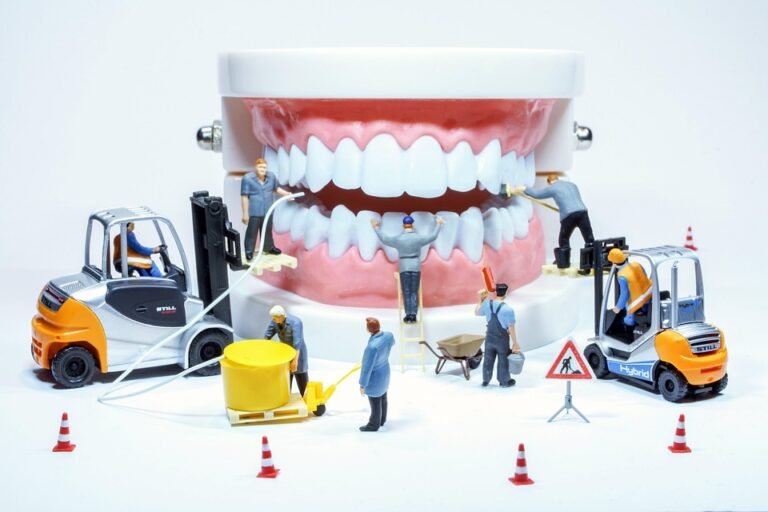How can I use YouTube to educate patients about dental procedures
I’m a dentist trying to find better ways to connect with my patients and make them feel more comfortable about procedures they might need. A lot of them seem really nervous and a little confused even after I explain everything in the chair. I’m thinking YouTube might be a good way to supplement that in-person explanation, so they can watch it in their own time and maybe even show it to family members who are helping them make decisions.
So, the real question is: what kind of YouTube content works best for educating patients? Should I be making my own videos? Or are there other channels out there that are really good and I can just point them to? If I do make my own, what kind of things should I focus on? Animation? Real footage? What’s the best way to keep patients engaged and not overwhelmed by technical jargon? And are there any legal or ethical considerations I need to keep in mind if I’m showing examples of patient cases (even anonymized)? I’m really hoping to use YouTube to build trust and alleviate anxiety, but I want to do it the right way!
Answer
To effectively educate patients about dental procedures using YouTube, consider these strategies:
I. Content Planning & Creation
-
Identify Target Procedures: Begin by listing the most common or complex procedures performed in your practice. Prioritize procedures that frequently require detailed explanation or generate patient anxiety. Examples include root canals, dental implants, wisdom tooth extraction, Invisalign treatment, teeth whitening, and periodontal therapy.
-
Define Learning Objectives: For each procedure, determine what you want patients to understand after watching the video. This could include:
- The reasons for the procedure.
- What to expect during the procedure (step-by-step overview).
- Preparation instructions (e.g., dietary restrictions, medication adjustments).
- Post-operative care instructions.
- Potential risks and complications (addressed honestly and reassuringly).
- Expected outcomes and benefits.
- Alternative treatment options (presented objectively).
-
Develop Engaging Video Formats:
- Animated Explanations: Use 3D animation to visually demonstrate the procedure’s steps, making complex processes easy to understand. Animations can show the anatomy involved, how instruments are used, and the desired outcome.
- Doctor Explanations: Record short videos of the dentist explaining aspects of the procedure in simple, clear language. Address common patient questions and concerns. Maintain a friendly and approachable demeanor.
- Patient Testimonials: Feature patients who have undergone the procedure and are willing to share their experiences. This can build trust and reduce anxiety.
- "Day in the Life" Videos: Show a typical patient’s journey through the procedure, from the initial consultation to the post-operative appointment.
- Interactive Q&A Sessions: Host live Q&A sessions on YouTube, allowing patients to ask questions in real-time. Record these sessions and make them available for future viewing.
- Before & After Comparisons: Showcase successful outcomes with before-and-after photos or videos. Ensure patient consent is obtained.
- Screencasts: Use screen recordings to guide patients through online resources related to the procedure, such as post-operative instructions or consent forms.
-
Maintain High Production Quality:
- Professional Video Editing: Ensure the video is well-edited with clear visuals, smooth transitions, and accurate information displayed on screen.
- Clear Audio: Invest in a good microphone to ensure clear and audible sound.
- High-Resolution Video: Record in HD or 4K to provide a visually appealing experience.
- Subtitles/Closed Captions: Add subtitles to make the videos accessible to a wider audience, including those with hearing impairments or who speak different languages.
- Keep it Concise: Aim for shorter videos (3-5 minutes) to maintain patient attention. Break down complex procedures into multiple shorter videos if necessary.
II. YouTube Channel Optimization
-
Create a Professional Channel:
- Consistent Branding: Use your practice’s logo and color scheme to maintain brand consistency.
- Compelling Channel Art: Create eye-catching channel art that reflects your practice’s values and services.
- Detailed "About" Section: Provide information about your practice, your team, and your areas of expertise. Include a link to your website.
-
Keyword Optimization:
- Research Relevant Keywords: Use keyword research tools to identify the terms patients use when searching for information about dental procedures.
- Optimize Video Titles and Descriptions: Incorporate relevant keywords into your video titles and descriptions to improve search engine ranking.
- Use Tags: Add relevant tags to each video to help YouTube categorize and recommend your content.
-
Organize Content with Playlists: Create playlists for each type of procedure to make it easy for patients to find the information they need. Examples: "Dental Implants," "Root Canal Therapy," "Invisalign."
-
Create Compelling Thumbnails: Design custom thumbnails for each video that are visually appealing and accurately represent the content.
- Call to Action: Include a clear call to action at the end of each video, such as:
- "Schedule a consultation."
- "Visit our website for more information."
- "Subscribe to our channel for more dental health tips."
- "Leave any questions you have in the comments below."
III. Promotion & Integration
-
Embed Videos on Your Website: Embed relevant YouTube videos on your practice’s website, particularly on pages describing specific procedures.
-
Share Videos on Social Media: Promote your YouTube videos on your social media channels (Facebook, Instagram, Twitter).
-
Email Marketing: Include links to relevant YouTube videos in your patient newsletters and email campaigns.
-
In-Office Promotion: Display QR codes in your waiting room that patients can scan to access relevant YouTube videos. Mention the videos during consultations.
-
Collaborate with Other Professionals: Partner with other healthcare professionals or dental bloggers to cross-promote each other’s content.
- Engage with Viewers: Respond to comments and questions on your videos in a timely and professional manner.
IV. Monitoring & Improvement
-
Track Analytics: Monitor your YouTube analytics to track video views, watch time, and audience demographics. Use this data to identify what content is performing well and what needs improvement.
-
Solicit Feedback: Ask patients for feedback on your videos to identify areas for improvement.
-
Update Content Regularly: Keep your content fresh and up-to-date by adding new videos and updating existing ones as needed.
V. Legal & Ethical Considerations - Obtain Informed Consent: Always obtain informed consent from patients before recording or sharing their videos or images.
- Protect Patient Privacy: Avoid sharing any personally identifiable information about patients without their explicit consent.
- Accuracy and Transparency: Ensure all information presented in your videos is accurate, evidence-based, and presented in a balanced and unbiased manner.
- Professionalism: Maintain a professional and ethical tone in all your videos.
- Disclaimer: Include a disclaimer stating that the information provided in the videos is for educational purposes only and should not be considered a substitute for professional dental advice. Always advise patients to consult with their dentist for personalized recommendations.


